How to Choose the Best Hydraulic Hose Fittings for Your Application
In today's industrial landscape, the significance of selecting the right Hydraulic Hose Fittings cannot be overstated. With the global hydraulic hose market projected to reach $2.6 billion by 2025, and the increasing demand for efficient fluid power systems across various sectors, the choice of fittings directly impacts performance, safety, and longevity of hydraulic systems. According to the Hydraulic Institute, improper fitting selection can lead to over 20% inefficiencies and potentially hazardous failures. Therefore, understanding the different types of Hydraulic Hose Fittings, their materials, compatibility, and application-specific requirements is essential for ensuring optimal operation. This guide will illuminate the critical factors to consider when choosing hydraulic hose fittings for your specific applications.
Understanding Different Types of Hydraulic Hose Fittings for Optimal Performance
When selecting hydraulic hose fittings, understanding the different types available can greatly impact the efficiency and performance of your system. There are several common types of fittings: JIC (Joint Industry Council), NPT (National Pipe Thread), and Push-to-Connect, each serving unique functions. JIC fittings are ideal for high-pressure applications due to their robust design, while NPT fittings offer a tighter seal for low-pressure systems. Push-to-Connect fittings are popular for their ease of use and quick assembly, making them suitable for applications requiring rapid maintenance.
Tips for selecting the right fitting include first assessing the pressure and flow requirements of your application. High-pressure systems typically benefit from swivel fittings, which allow for easier alignment without compromising the seal. Additionally, consider the compatibility of the fitting material with the hydraulic fluid being used, as certain materials may corrode or degrade over time. Lastly, always ensure that the fitting size matches the hose and fittings to prevent leaks and maintain optimal performance. Selecting the right type of hydraulic hose fitting can significantly enhance the reliability of your hydraulic system.
Key Factors to Consider When Selecting Hydraulic Hose Fittings for Your Needs
When selecting hydraulic hose fittings for your application, there are several key factors to consider to ensure optimal performance and reliability. The first aspect to evaluate is the compatibility of materials with the fluid being transported. Different fluids can require specific materials to prevent degradation of the fitting or hose assembly. Additionally, factors such as temperature, pressure ratings, and the type of hydraulic system must be matched to the specifications of the fittings. This alignment is crucial for preventing leaks and ensuring safe operation in high-demand environments like those found in data centers, where fluid power components play a vital role in cooling systems.
Furthermore, the intended application should dictate the design and configuration of the fittings. For instance, heavy-duty environments demand hoses and fittings that can withstand rigorous conditions, making durability an essential characteristic. The hydraulic hoses and fittings market is projected to grow steadily, reflecting increased demand in sectors like oil and gas, as well as in automotive and industrial applications. In light of recent advancements and investments in hydraulic technology, selecting the right hose fittings not only enhances fluid handling but also contributes to the overall efficiency and longevity of hydraulic systems.
How to Choose the Best Hydraulic Hose Fittings for Your Application - Key Factors to Consider When Selecting Hydraulic Hose Fittings for Your Needs
| Key Factor | Description | Recommended Material |
|---|---|---|
| Operating Pressure | Consider the maximum operating pressure the fittings will need to withstand. | Steel, Stainless Steel |
| Fluid Compatibility | Ensure that the materials are compatible with the hydraulic fluid used. | Hose Fittings with Fluoropolymer Coating |
| Temperature Range | Fittings must be suitable for the expected temperature range in the application. | Brass, High-Temperature Plastics |
| End Connections | Choose fittings that match the hose and equipment connection types. | JIC, NPT, SAE |
| Size and Flow Rate | Select fittings that accommodate the required flow rate without restriction. | Aluminum, Steel |
| Installation and Maintenance | Consider ease of installation and required maintenance for long-term use. | Modular Fittings |
Comparative Analysis of Materials Used in Hydraulic Hose Fittings
When selecting hydraulic hose fittings, it's vital to consider the materials used, as they can significantly influence performance and durability. A comparative analysis reveals that traditional materials like steel and iron are increasingly being challenged by modern alternatives such as plastics. Research highlights that PVC and PE pipes offer superior environmental benefits, showcasing their potential as efficient and sustainable choices in hydraulic applications. These materials not only mitigate corrosion risks but also enhance flexibility, making them attractive options for various hydraulic systems.
Moreover, the hydraulic hose fittings market is projected to grow substantially, driven by increasing applications across industries, particularly in agricultural mechanization. As the demand for innovative and environmentally friendly solutions rises, understanding the advantages of different materials becomes crucial. This evaluation can guide users in making informed decisions, ensuring that they select fittings that not only meet operational requirements but also align with sustainability goals. Overall, the material choice in hydraulic hose fittings is paramount, affecting both performance and ecological impact.
Top 5 Common Mistakes to Avoid When Choosing Hydraulic Hose Fittings
When selecting hydraulic hose fittings for your application, one of the most critical aspects is avoiding common mistakes that can lead to system failures. One of the biggest pitfalls is neglecting to match the fittings with the hose. Always ensure that the size and type of fitting are compatible with your hydraulic hoses to prevent leakage or disconnection.
Another common mistake is overlooking the material specifications. It’s crucial to choose fittings made of materials that can withstand the environmental conditions and the fluids being transported. For instance, using fittings that corrode easily in a high-moisture environment can lead to premature failure. Always check the manufacturer's specifications to ensure your choice will hold up under the necessary pressure and temperature.
Lastly, don’t forget to consider the assembly process. Improper installation can lead to complications, so take the time to understand the proper techniques for assembling the fittings. Ensuring correct torque specifications and alignment during installation can significantly enhance the longevity and safety of your hydraulic system. By being mindful of these mistakes, you can greatly enhance the efficiency and reliability of your hydraulic applications.
Hydraulic Hose Fittings Selection Mistakes
Maintenance Tips for Prolonging the Life of Hydraulic Hose Fittings
To ensure the longevity of hydraulic hose fittings, regular maintenance is essential. According to the Hydraulic Institute, over 30% of hydraulic system failures can be attributed to issues related to improper fitting maintenance. Regularly inspecting fittings for signs of wear, corrosion, or damage can help detect potential issues before they lead to system failures. Utilizing a maintenance schedule that includes visual inspections and functional tests can significantly increase the lifespan of these components.
Another critical aspect of maintenance is cleanliness. The International Fluid Power Society reports that contaminants in hydraulic systems can reduce component life by up to 70%. To prevent contamination, it is advisable to employ filtration systems and to clean all surfaces before installation. Furthermore, applying the correct torque specifications during installation not only secures the fittings but also minimizes the risk of leaks and stress fractures. Taking these steps can greatly extend the operational life of hydraulic hose fittings, ensuring efficient and reliable system performance.









